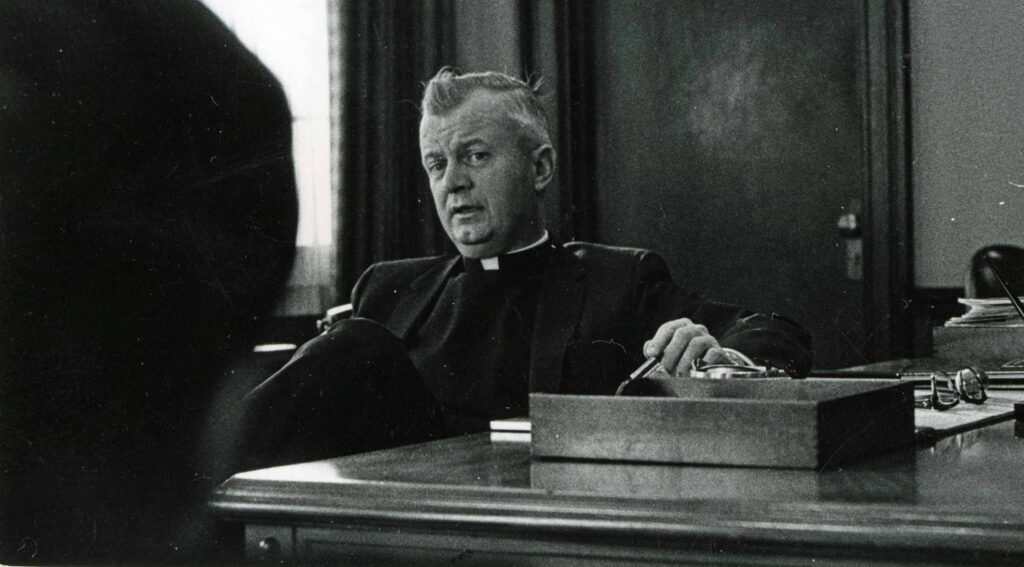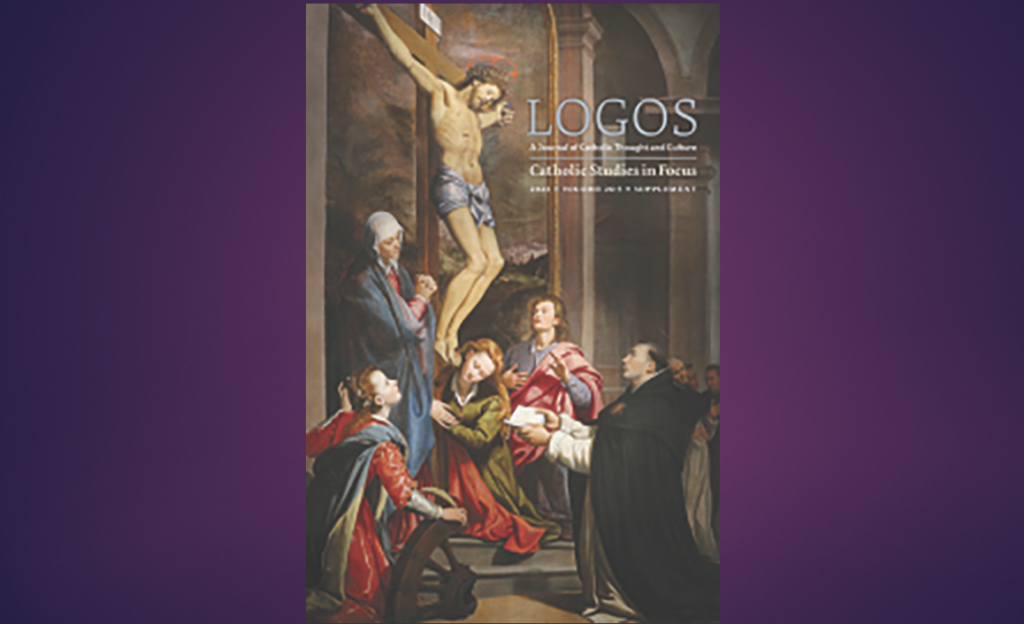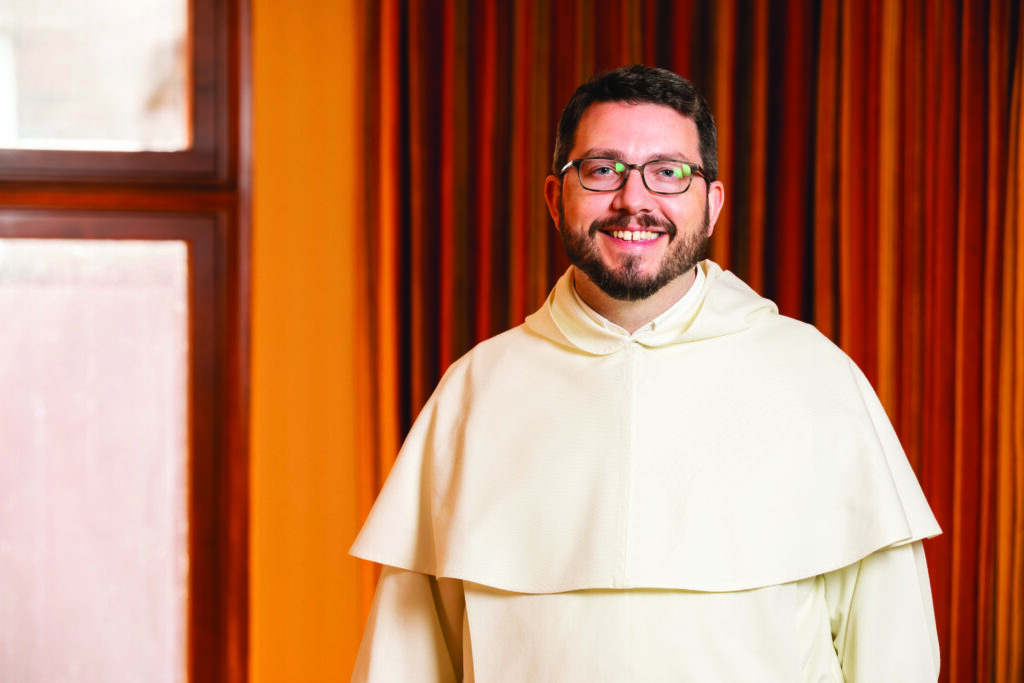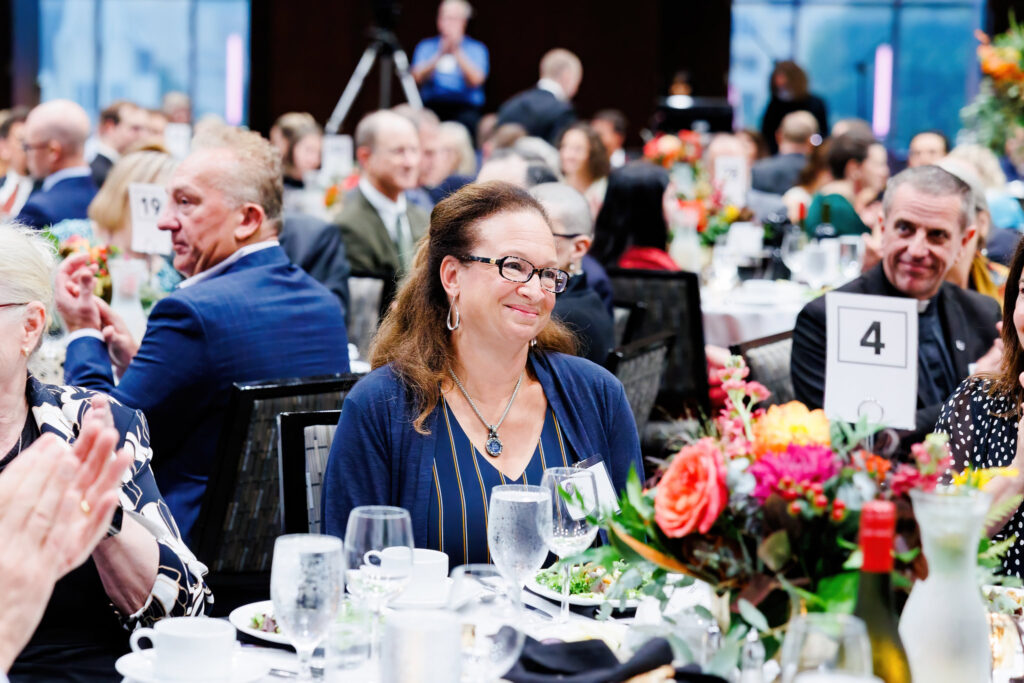During the early days as an undergraduate student, I could hardly explain why I chose to double major in mathematics and Catholic studies. I knew I had a desire to discover the proof behind calculus and that I loved Christ and his Church. The decision was easy, but the harmony of the pairing was unclear.
Today, the fruit is clear and abundant. Catholic studies revealed to me the beauty of mathematics and vice versa. Even more, God brought me a vocation through this formation. Three weeks after graduation, God led me to abandon my original postgraduate plans, and I joyfully accepted a position as a middle school math teacher at St. Peter Catholic School in North St. Paul.
The mathematics curriculum in our school frames every concept in a real-world context. Students wrestle with patterns they experience in daily life and discover the mathematical abstraction of these patterns. All of the frustrations and laments (“Ms. LeClair, this doesn’t make sense! When will I ever use this?!”) end in brief moments of silent wonder as they finally grasp the order before them.
Galileo says that without math, “one wanders about in a dark labyrinth.” God’s creation is ordered. He infused it with mathematical relationships. Since creation reveals these relationships, we can trust that our mathematical models accurately represent the world.
Yet even with the concrete applications, my students unknowingly express their sense of the mystery of mathematics. Perhaps the most challenging moment for middle school math students is the introduction of x. (“Letters do not belong in math, Ms. LeClair!”) After all, how can you run x miles or earn y dollars? Variables are often a student’s first encounter with the heart of mathematics, that is, the abstraction of patterns.
“God’s creation is ordered. He infused it with mathematical relationships. Since creation reveals these relationships, we can trust that our mathematical models represent the world.”
Although we can discover mathematics through creation, mathematical proofs and conjectures are concerned with the idea of numbers, sets and their relationships to each other. A simple example is the number three, which is manifested by three books or three desks. Yet the number three itself exists apart from the physical objects. If mathematical objects are not physical, yet revealed through creation, then they exist in creation’s source. That is the mind of God.

Although explicit conversations about faith are less frequent in my class than in religion class, it is the intimate connection between math and God’s mind that keeps the Logos at the center of my classroom. Christ became flesh so that we could partake in his divine nature and have access to the Father. Thus, every human act can be fertile ground for a contemplative encounter with God. Math is no exception, regardless of the struggle that often comes with it.
In describing the Incarnation, St. John Paul II wrote, “the Eternal enters time, the Whole lies hidden in the part.” These words enlighten us to how math can draw us to encounter God. We have a glimpse of the whole of God’s mind through the part of creation. Mathematics allows us to articulate God’s order. We should feel humbled and honored at such an opportunity.
This story is featured in the fall-winter 2022 issue of Lumen.







